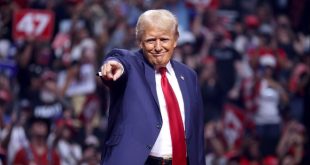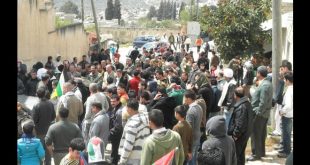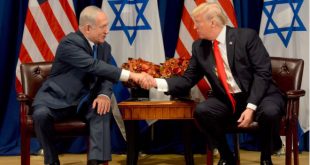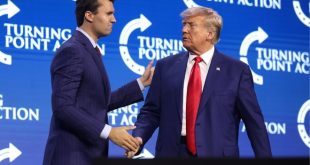A recent Gallup poll revealed that 61 percent of black Americans want the level of police presence in their neighborhoods to remain the same — even in the aftermath of George Floyd’s death and the destructive anti-police riots.
It seems that some black elected officials also want the police to stick around.
High-crime areas tend to be majority black, and some of those residents appreciate that the cops are a 911 call away. Defunding police departments will result in fewer resources for these residents. White leftists might not care about police protection, but black residents — often the targets of the criminals — certainly do. They want a balance of fair treatment and safety.
New York City Council member Vanessa L. Gibson, “not a conservative politician,” the New York Times helpfully notes, opposes the city’s intention to cut $1 billion from the police department. An excerpt:
She acknowledged that some Council members, spurred by the movement to defund the police, were seeking to slash even more from the department’s budget. But she pointed out that her constituents did not agree.
They “want to see cops in the community,” Ms. Gibson said.
“They don’t want to see excessive force. They don’t want to see cops putting their knees in our necks,” she said. “But they want to be safe as they go to the store.”
The New York Times calls the disagreement on whether to defund the police department a “clash across racial, ideological and generational lines that is dividing Black and Latino council members in New York City.” Black council member Laurie Cumbo compared calls to take resources away from the police “colonization” by white leftists. Another black council member called the efforts “political gentrification.”
These black council members are leftists who no doubt hate President Donald Trump, but they still understand that black Americans in high-crime neighborhoods, particularly older people, want a police presence.
Ms. Gibson was among a handful of Black and Latino council members who said cutting the size of the police force would exacerbate conditions in neighborhoods already struggling with a rise in shootings and homicides, and with the health and economic disparities that were intensified by the coronavirus crisis.
Yet several progressive Black and Latino council members, like Antonio Reynoso of Brooklyn, who represents Williamsburg and Bushwick, were willing to reduce the number of law enforcement personnel and funnel the savings into other programs, such as mental health services.
Is this a case of mere party infighting, or does the disagreement among leftists concerning law enforcement signal a more serious divide?
Gibson said that fatal shootings in the city are an “everyday reality.” Fatal shootings and other forms of violence tend to be global news when the perpetrators are white and the victims black, but violence impacts those in distressed zip codes every day. To mainstream media, however, black-on-black violence is…ordinary.
Elected officials can cave in to impulsive calls to defund the police, but they will have to account for it.
Time will tell how their decisions will impact the presidential election.
Photo credit: Anthony Quintano (Creative Commons) – Some rights reserved
 CURE News and Clergy Blog News and Commentary for Christians
CURE News and Clergy Blog News and Commentary for Christians




I’ve seen 81% not 61%, not that it is hard to design a poll for a 25% swing.